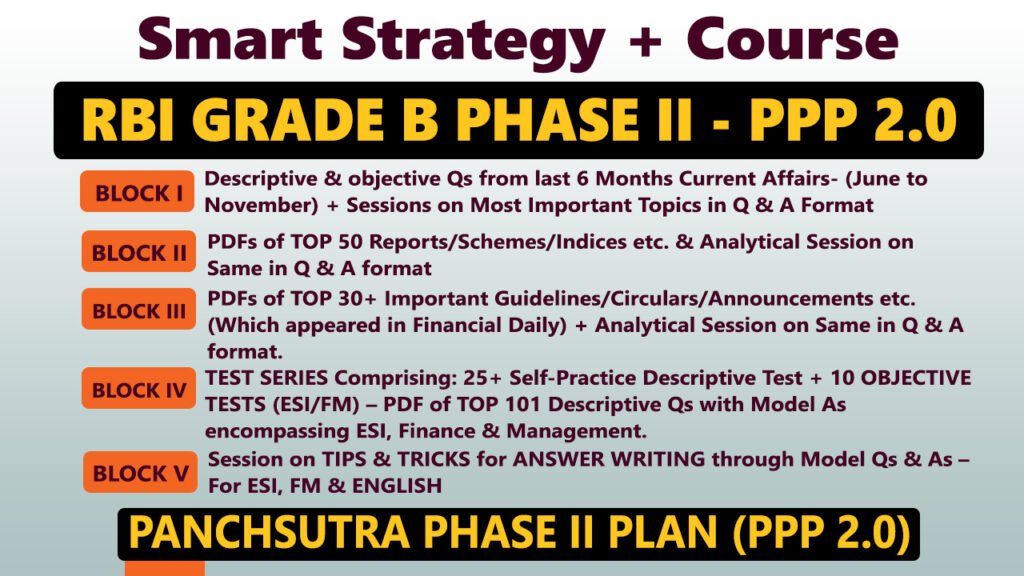Key Highlights
- Liquidity Surplus: Banking system liquidity moved into surplus in early FY26, prompting banks to park ₹4.13 trillion with the RBI on Thursday—the highest since the SDF’s introduction in April 2022.
- Standing Deposit Facility (SDF):
- The Standing Deposit Facility (SDF) is a monetary policy tool introduced by the Reserve Bank of India (RBI) to absorb excess liquidity from the banking system, allowing banks to deposit surplus funds with the RBI without collateral.
- Allows collateral-free overnight deposits with the RBI
- Offers an interest rate 25 bps below the repo rate (currently at 6.25%)
- Interest earned on SDF stands at 6.00%, still more attractive than market rates like WACR and TREPS
Why Banks Are Using SDF More
- Lower Overnight Rates: Call and triparty repo rates (TREPS) have dipped below 6%
- Government Spending: Surge in government cash balances has led to temporary liquidity accumulation
- Risk-Free Option: Banks prefer SDF over market lending to avoid counterparty risk
- Foreign Bank Activity: At quarter-end, foreign banks often park large rupee sums under SDF for currency management and compliance
Liquidity Management Tools Used by RBI
Data Snapshot
- Liquidity Adjustment Facility (LAF) Surplus: ₹2.16 trillion
- CD Issuances: Surged in recent weeks, further boosting short-term liquidity
India’s Forex Reserves Hit Near 5-Month High
Latest Reserve Position
- As of March 28, forex reserves rose to $665.4 billion
- This marks the fourth straight week of gains
- Weekly Increase: $6.6 billion
- 3-Week Prior Increase: $20.1 billion cumulative
Contributing Factors
- RBI Interventions in the forex market
- Valuation Changes from currency appreciation
- INR Performance: Rupee appreciated 0.6% WoW during the period
Key Takeaways
- The surge in SDF usage signals a temporary surplus and banks’ preference for safe, risk-free returns amid falling overnight rates.
- The rise in India’s forex reserves improves macro stability, potentially cushioning against external shocks.
- Experts warn that current liquidity surplus may be short-lived, and market inefficiencies continue to exist despite RBI’s tools.



















